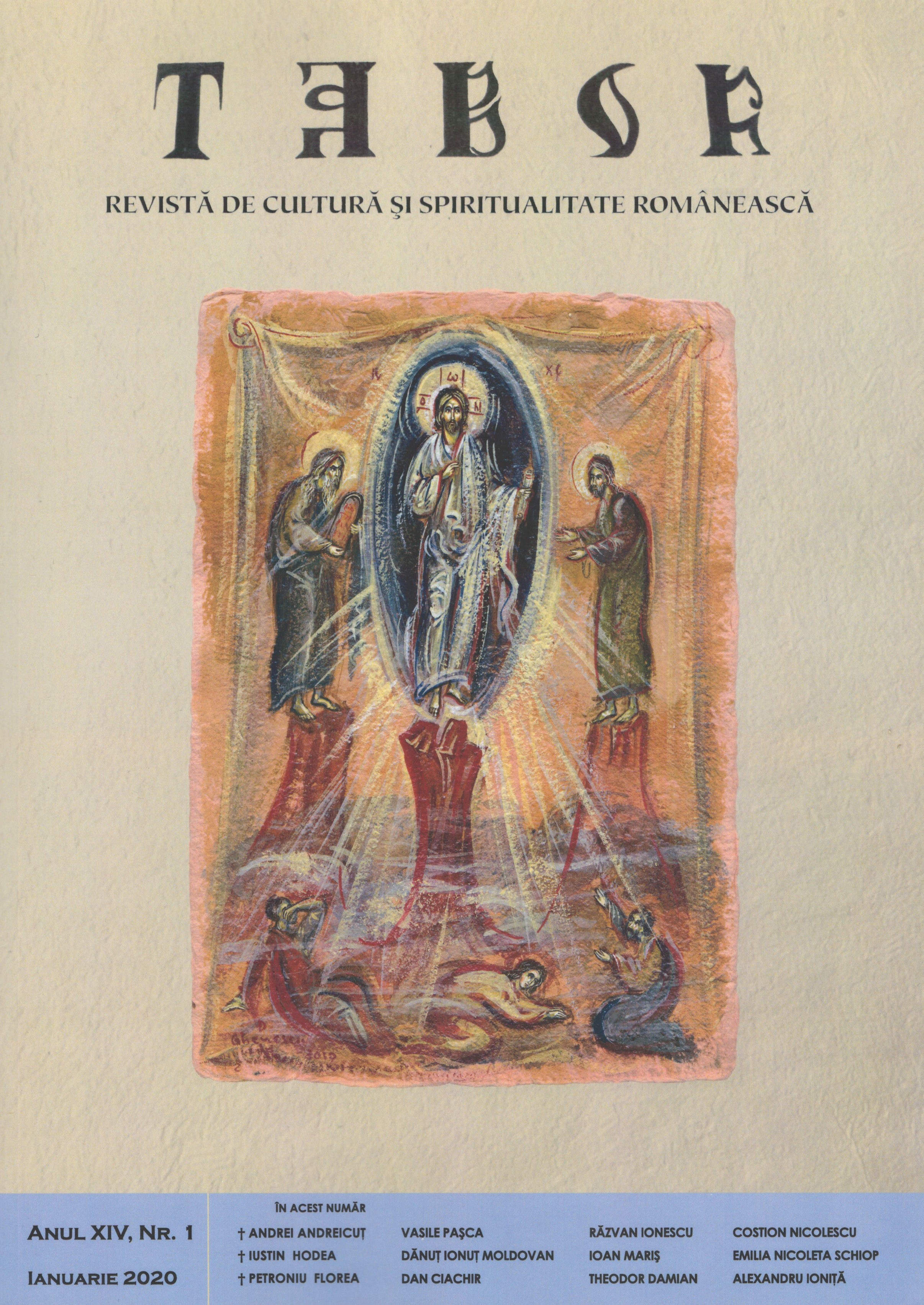Chipul lui Hristos în cântările pietiste şi raportul lor cu teologia liturgică
The Image of Christ in the pietist songs and their relation with liturgical theology
Author(s): Vasile PaşcaSubject(s): Biblical studies, Eastern Orthodoxy
Published by: Renaşterea Cluj
Keywords: Christ’s image; pietist songs; orthodox hymnography; camouflaged Arianism;
Summary/Abstract: Pietist songs entered the cult of our Church in the early twentieth century as a result of protestant influence and are those sentimental songs, which exaggeratedly involve the affective part of the human person in the act of faith, leading to a false belief. They cannot fit in the hymnographic canon of the Church because they do not maintain the specific liturgical balance between the poetic text, the dogmatic message contained therein and the melody through which they are expressed. Most of these songs are centered on the Person of Christ, using especially the theme of the unwelcomed traveler (Revelation 3:20) or the image of Christ disfigured by suffering, carrying the Cross and the signs of the Passion. This way of highlighting the sufferings of Christ is in contradiction with the liturgical tradition of the Church according to which the sufferings of Christ and the sacrifice on the Cross must be viewed in the perspective of the Resurrection, therefore these songs cannot be considered orthodox because their message is not in harmony with the doctrine of the Church and they might lead to certain errors regarding the dogmatic truths and implicitly regarding experiencing and manifesting faith. Among the errors promoted by pietistic songs is the distortion of Christ’s image (icon), emphasizing too much His state of sacrifice as a Stabbed Lamb (Rev. 5: 6, 12) as well as the human nature of His divine-human Person, while the divine nature is overlooked. In contrast to these songs, in the orthodox hymns, when His Passions and the Cross (Christ in the state of sacrifice) are mentioned, His victory over death through Resurrection is also remembered, showing the connection between the Cross and the Resurrection, because in the Cross of the Lord lies His Resurrection as anticipation. Along with the liturgical hymn, the whole liturgical tradition of the Church expresses this dogmatic truth. The pietistic songs are easily accepted by many believers, hinting at a false experience of faith. By emphasizing too much the teaching about the human nature of Christ, overlooking His divine nature, these songs are the expression of a camouflaged Arianism. This is because through the text of such songs the Cross and the Resurrection are separated, the mystery of the Divine-human Person of Christ is reduced to the human possibility of comprehending it and the human side of Christ’s person is further emphasized. As a result, such songs represent a “Trojan horse” introduced in the church singing with devastating effects over time on the assimilation of liturgical hymnography, their practice increasingly removing the genuine Christian hymn from the Christian life.
Journal: TABOR. Revistă de cultură şi spiritualitate românească
- Issue Year: XIV/2020
- Issue No: 01
- Page Range: 23-29
- Page Count: 7
- Language: Romanian
- Content File-PDF

